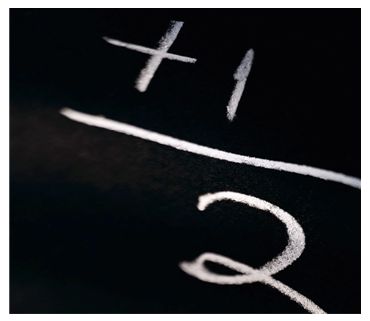‘My twelve year old son has autism, and has a terrible time with math. We have tried everything, viewed everything, bought everything. We stumbled upon your video on decimals, and it got through! Then we went on to the dreaded fractions. Again, he got it! We could not believe it! He is so excited.’
This turns the entire schooling process on its head: the ‘homework’ is done together with the teacher in the physical classroom and the ‘lesson’ is ‘interacted with’ by the learner on video at home the night before.
Suddenly the ‘interaction’ in learning falls into two natural categories: interaction with a lecture: essentially ‘self-paced, watch, pause, rewind and watch again’ (where the learner’s unsupervised watching of a video of the teacher’s ‘talk and chalk’ is the ideal) which is followed up with interaction with the practice exercises, where the learner’s ‘try, struggle, get help and retry’ cycle will benefit most from the availability of a real live human teacher and a class full of other learners.
The TED talk ‘Let’s use video to reinvent education’ was recorded at TED2011, March 2011, in Long Beach, California.
Here’s some introductory text about the project:
The Khan Academy is a not-for-profit organization with the mission of providing a free world-class education to anyone, anywhere. It now consists of self-paced software and, with over 1 million unique students per month, the most-used educational video repository on the Internet (over 30 million lessons delivered to-date). All 2000+ video tutorials, covering everything from basic addition to advanced calculus, physics, chemistry and biology, have been made by him.
Kahn was a senior analyst at a hedge fund and had also worked in technology and venture capital. He holds an MBA from Harvard Business School, an M.Eng and B.S. in electrical engineering and computer science from MIT, and a B.S. in mathematics from MIT.


